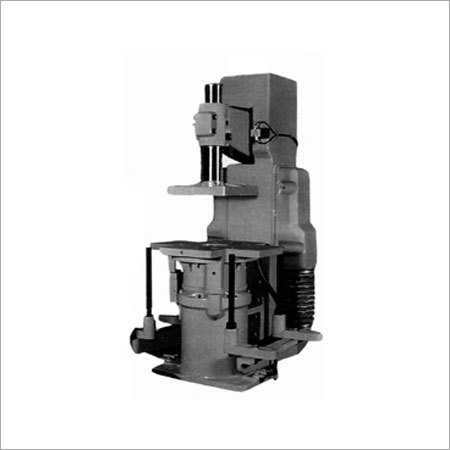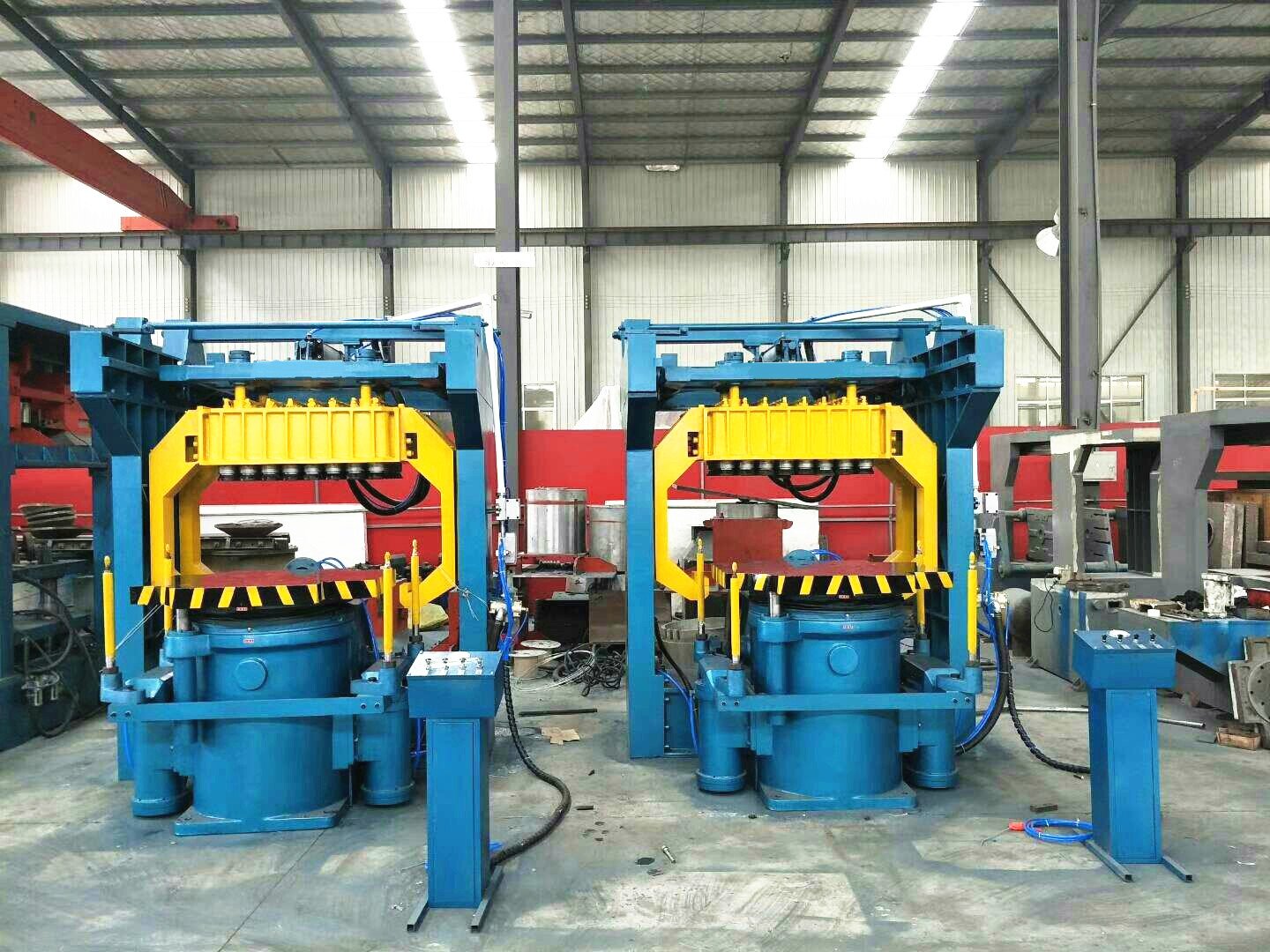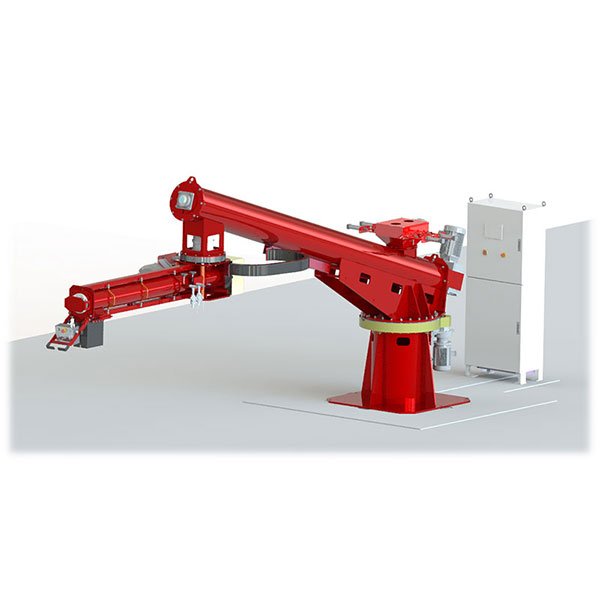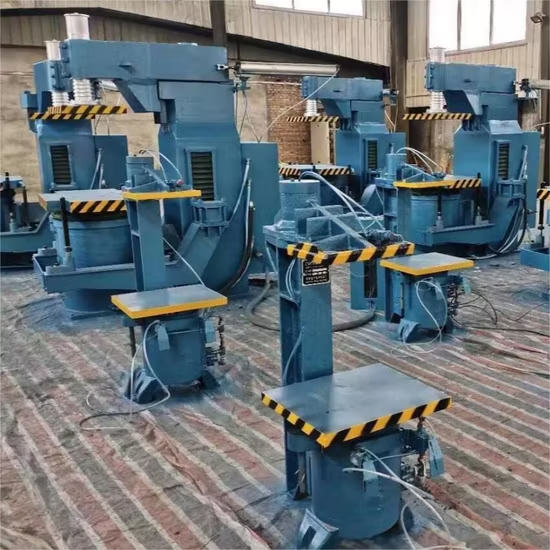
Frustrated by high rejection rates and inconsistent casting quality? These failures are draining your profits, delaying deliveries, and frustrating your customers.
Most casting defects can be traced back to outdated equipment or lack of process control—upgrading to the right foundry machine changes everything.
If you’re tired of pouring money into rework and scrap, it’s time to fix the root causes with the right technological upgrades.
Common Causes of Casting Failures
Casting defects often appear random, but they usually stem from predictable issues in mold design, pouring conditions, process monitoring, or equipment reliability.
Addressing these root causes helps reduce porosity, cracking, shrinkage, and costly rework cycles.
1. Poor Mould Quality or Design
- Inconsistent cavity shape causes dimensional variation.
- Inadequate venting leads to gas entrapment and porosity.
- Weak molds can erode or shift during casting, resulting in surface defects.
These problems are often caused by manual pattern making, aging sand molding equipment, or lack of real-time cavity inspection tools.
2. Unstable Pouring Conditions
- Incorrect pouring temperature causes cold shuts or misruns.
- Turbulence during pouring introduces air bubbles and shrinkage cavities.
- Improper gating systems disrupt flow and lead to segregation or mold erosion.
Without automated pouring control, achieving consistent conditions is difficult—especially for alloys with narrow thermal windows.
3. Inadequate Process Control
- Lack of real-time monitoring leaves pressure and flow unchecked.
- Manual pouring and inspection introduce high variability.
- Absence of feedback loops means no correction when something goes wrong.
Without modern control systems, it’s impossible to maintain stability during complex casting cycles.
4. Incompatible or Aging Equipment
- Machines not suited for today’s casting specs create misfits or surface flaws.
- Outdated machines lack precision and can’t support automation or quality tracking.
- Worn-out hardware causes frequent downtime and variable performance.
Old machines might still run, but they rarely meet the tolerances and efficiency required by today’s manufacturing demands.
How the Right Foundry Machine Fixes These Problems

Outdated equipment creates variation, slows throughput, and adds scrap. The right machine does the opposite.
Modern foundry machines offer precise control, smart automation, and compatibility with today’s casting complexity.
Precision Moulding Systems
High-precision molding systems eliminate dimensional variation and cavity inconsistency. For example:
- Consistent Sand Compaction: Ensures no internal collapses.
- High-Fidelity Pattern Replication: Reduces flash and porosity.
- Better Mold Sealing: Prevents metal leakage and surface cracking.
| Feature | Benefit |
|---|---|
| Servo-controlled mold compaction | Uniform cavity density |
| Automatic mold venting | Reduces gas defects |
| Closed-loop pattern alignment | Eliminates misalignment and mismatch lines |
Automated Pouring Control
Automated pouring systems replace human guesswork with data-driven precision.
- Sensor-Driven Pouring: Maintains ideal metal temperature.
- Flow Control Systems: Minimize turbulence and air entrapment.
- Gating Integration: Optimizes fill time and mold performance.
I’ve seen foundries reduce shrinkage defects by up to 50% just by switching to robotic pouring systems with integrated thermal monitoring.
Real-Time Quality Monitoring
Advanced machines integrate sensors and AI for inline quality assurance.
- Thermal Imaging: Detects cold shuts or overheated areas.
- Material Flow Tracking: Identifies flow gaps or turbulence in real-time.
- Feedback Loops: Adjust pressure, speed, or cooling based on data.
| Monitoring Parameter | Effect on Quality |
|---|---|
| Temperature gradients | Prevents thermal cracks |
| Pouring rate fluctuations | Avoids misruns and porosity |
| Mold cooling rate | Controls solidification timing |
This turns every cycle into a learning loop, reducing reliance on post-casting inspection and scrap analysis.
Tailored Machines for Specific Alloys or Products
Not all castings are equal—high-strength steel demands different cooling than aluminum.
Modern foundry machines can be configured to:
- Handle different alloy behaviors (e.g., solidification range, reactivity).
- Support various batch sizes (high volume vs. prototyping).
- Integrate with specific product tooling or complex geometries.
For instance, we designed a dual-chamber system for a customer casting high-nickel turbine blades. It allows different cooling curves and ceramic mold handling in the same production line—something generic equipment could never support.
Bonus: Long-Term Benefits of Investing in the Right Machinery

Better machines don’t just reduce defects—they transform your operation into a lean, reliable production engine.
The long-term gains in consistency, safety, and predictability make the investment worthwhile.
Here’s what our clients consistently report:
| Benefit | Impact on Operations |
|---|---|
| 30–60% fewer defects | Lower rework and waste |
| 20–40% labor reduction | Operators shifted to high-value tasks |
| Better consistency | Fewer customer complaints and returns |
| Predictable cycle times | Improved scheduling and delivery |
Add in reduced energy usage, better uptime, and easier ISO compliance—and the return is clear.
How to Choose the Right Foundry Machine for Your Needs
Not every machine is a match for every foundry. Selection must align with your product type, scale, and quality demands.
Custom configuration, supplier experience, and scalability should drive your decision.
Key Selection Factors
- Casting Material: Steel, aluminum, bronze—each requires different temperature control and mold behavior.
- Production Volume: High-throughput vs. prototype shops require different automation levels.
- Floor Space and Workflow Layout: Machines must fit and enhance—not disrupt—your existing workflow.
- Quality Requirements: Aerospace? Automotive? Consumer goods? Match precision and repeatability to end-use.
Also, never underestimate the value of post-sale support. A machine is only as good as the service behind it. That’s why we always offer:
- On-site installation and commissioning
- Remote diagnostics and upgrades
- Spare parts availability and operator training
Conclusion
Casting defects don’t just happen—they’re the result of inconsistent processes, outdated machinery, and poor process control.

Investing in the right foundry machine eliminates variation, increases repeatability, and transforms quality from a hope into a guarantee.
Start tracking your failure patterns—and let that data guide your upgrade decisions.
FAQs
What’s the most common cause of casting failure?
Improper mold design and inconsistent pouring conditions are leading causes of defects like porosity and shrinkage.
Can automation really prevent defects in real time?
Yes. With sensor feedback and AI, modern machines can detect and adjust for variables during the casting cycle itself.
What’s the ROI of upgrading foundry machinery?
Most companies see a return within 12–24 months through reduced scrap, energy savings, and increased throughput.
How do I match a machine to my casting process?
Consider material type, batch size, quality targets, and space constraints. Work with a supplier that offers custom configuration and long-term support.







